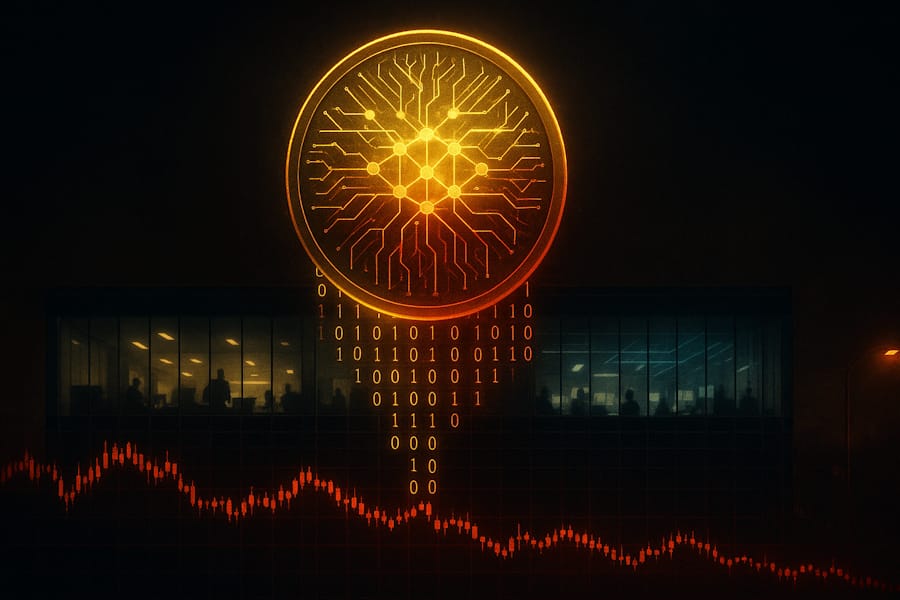Using AI to Bring Out the Best in You

Publish Date: Last Updated: 10th November 2025
Author: nick smith - With the help of CHATGPT
A Journey of Growth and Transformation with AI
Artificial Intelligence (AI) has become a powerful tool for creativity and productivity, enabling individuals to generate remarkable content from just a few words. While some may view AI as a shortcut or even a form of "cheating," it can be far more than that—it’s an opportunity for personal growth and skill development when used thoughtfully and responsibly.
For many, AI is a game-changer, helping them overcome challenges and expand their potential. Here, we explore how AI can be used as a tool for self-improvement, highlighting a personal journey of perseverance and transformation.
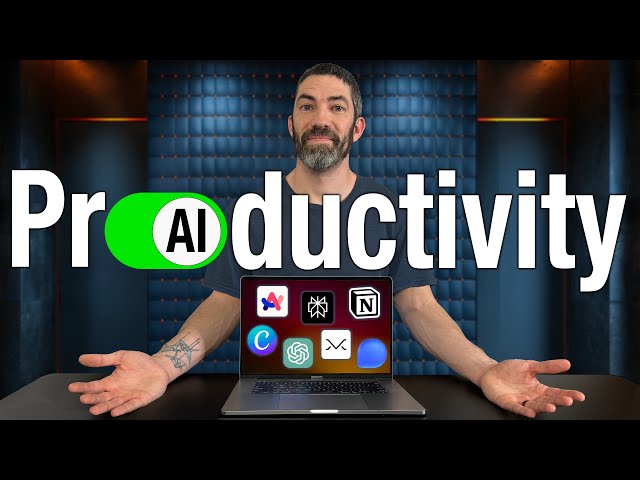
7 Free AI Productivity Tools I Use Every Day
YouTube Channel: Futurepedia
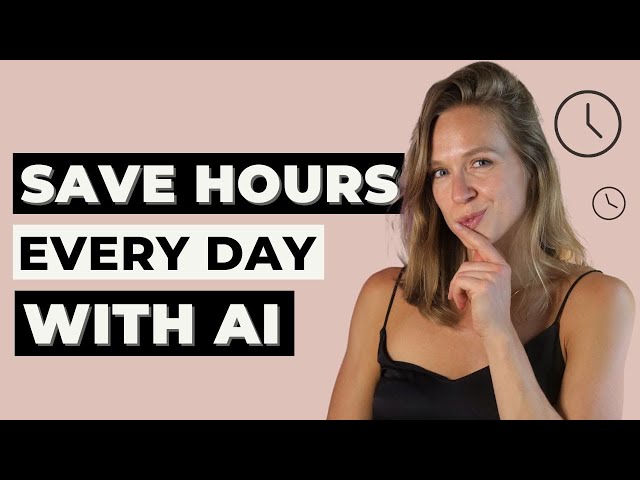
5 ways I use AI in my everyday life
YouTube Channel: Stereotype Breakers
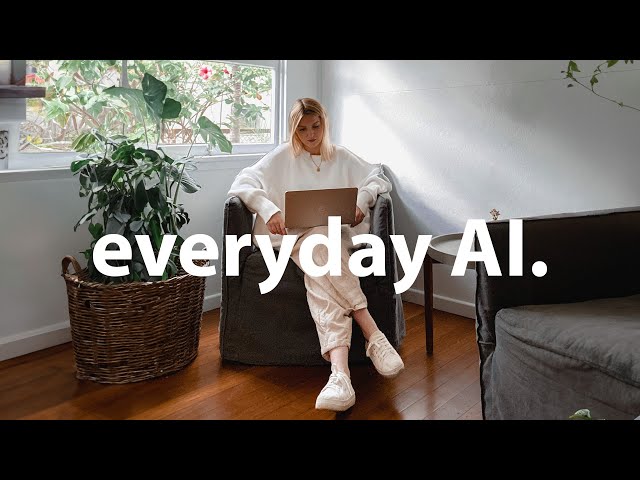
13 Ways to Use AI To Improve Your Life✨
YouTube Channel: muchelleb
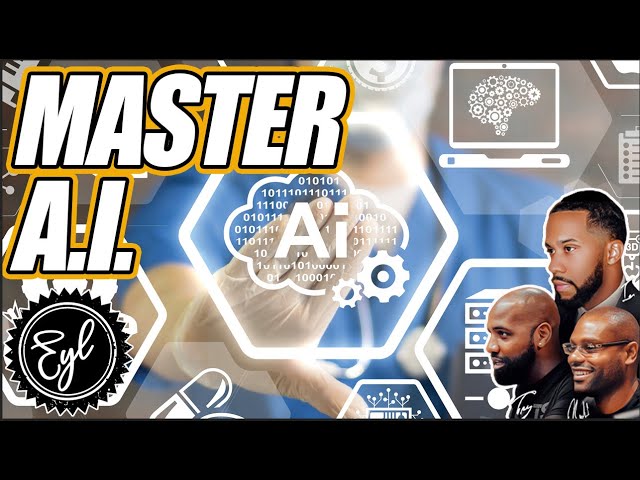
How to use A.I. to be Better in Life & Business
YouTube Channel: Earn Your Leisure
The Challenges of Dyslexia and the Role of Determination
As a child diagnosed with dyslexia, I often struggled in school. My inquisitive nature clashed with rigid educational structures, and my condition made writing and grammar arduous tasks. Dyslexia caused letters to swap places and disrupted my ability to produce well-organized coursework. Despite my frustrations, I wasn’t a troublemaker or arrogant—I simply wanted to understand the “why” behind things.
Computers entered my life in my late teens, and though they were basic and expensive, I saw their transformative potential. However, my career advisor dismissed my aspirations, claiming that my dyslexia and "fuzzy logic" would prevent me from succeeding in computing. What they failed to grasp was my determination.
Impossible was not a word in my vocabulary. Over the years, I self-taught myself many skills and overcame failures by treating them as lessons. In my 40s, I returned to university to study computer science—the very subject I was discouraged from pursuing. This milestone was not just about proving others wrong but proving to myself that I could overcome barriers.
AI as a Catalyst for Growth
Though I have always wanted to write, my dyslexia and challenges with logic made it a daunting task. Programming, for example, took me decades to master, and even then, I often struggled with swapped letters in variable names—a nightmare for any coder.
When I was made redundant during the COVID-19 pandemic, I faced a perfect storm of obstacles: my age, a career transition, and the challenges of staying relevant in the IT industry. I took a detour into the care sector, working with dementia patients—a rewarding experience that brought perspective but didn’t quell my drive to develop and create.
It was during this time that I discovered the potential of AI. Initially skeptical, particularly after lackluster results with AI imaging platforms, I decided to try ChatGPT. Using it to improve the articles I struggled to write, I was blown away by the results. AI didn’t just produce better content—it became a partner in my journey of self-improvement.
AI as a Tool, Not a Shortcut
AI has become an indispensable tool for me, particularly when it comes to writing. However, I don’t use it as a substitute for creativity or effort. Instead, I write my articles first and then ask AI to refine them. This approach allows me to overcome the hurdles of dyslexia, stay engaged in the creative process, and improve my skills over time.
Using AI this way is akin to crafting a nutritious meal rather than relying on fast food. When treated as a collaborative partner, AI enhances your output while preserving the integrity of your work. Conversely, if used as a quick fix without genuine effort, it may hinder personal growth.
For me, AI serves as a tool to:
- Overcome Dyslexia: AI helps me structure my thoughts and correct grammatical errors that would otherwise slow me down.
- Hone My Writing Skills: By comparing my drafts to AI’s refinements, I learn how to express ideas more clearly and effectively.
- Boost Productivity: Tasks that once took hours now take minutes, allowing me to focus on creativity and strategy.
The Dual Nature of AI: A Choice of Use
Like any tool, AI has both positive and negative potential. It can be a crutch, enabling lazy habits, or a stepping stone to greater heights. How we choose to use it defines its impact.
Critics may dismiss AI as “cheating,” but for people like me—those who face unique challenges—it is a lifeline. AI has revolutionized how I work and produce, giving me opportunities I never thought possible. My only regret is that I didn’t have access to such technology earlier in life.
Lessons Learned: Embracing AI for Self-Improvement
AI is not just about automation or convenience—it’s about empowerment. For individuals facing obstacles like dyslexia, it offers a chance to participate fully in creative and intellectual pursuits. For anyone willing to put in the effort, it can be a partner in learning, growth, and self-expression.
The key is to use AI thoughtfully:
- Start with your own ideas and input, allowing AI to refine rather than replace your voice.
- Treat AI as a learning tool, using its suggestions to identify areas where you can improve.
- Embrace the journey of growth, recognizing that AI is a means to enhance your skills, not circumvent them.
Conclusion
Using AI to bring out the best in yourself is a journey of balance and intentionality. It is not a substitute for effort or creativity but a powerful tool to amplify both. For me, AI has been transformative, helping me overcome the barriers of dyslexia and enabling me to achieve goals I once thought unattainable.
The next time you use AI, ask yourself: Am I using it to cheat, or am I using it to grow? The answer will determine whether AI becomes a shortcut or a stepping stone in your journey toward excellence.
Latest AI Articles
AI Questions and Answers section for Using AI to Bring Out the Best in You: A Journey of Growth and Transformation
Welcome to a new feature where you can interact with our AI called Jeannie. You can ask her anything relating to this article. If this feature is available, you should see a small genie lamp in the bottom right of the page. Click on the lamp to start a chat or view the following questions that Jeannie has answered relating to Using AI to Bring Out the Best in You: A Journey of Growth and Transformation.
Be the first to ask our Jeannie AI a question about this article
Look for the gold latern at the bottom right of your screen and click on it to enable Jeannie AI Chat.









